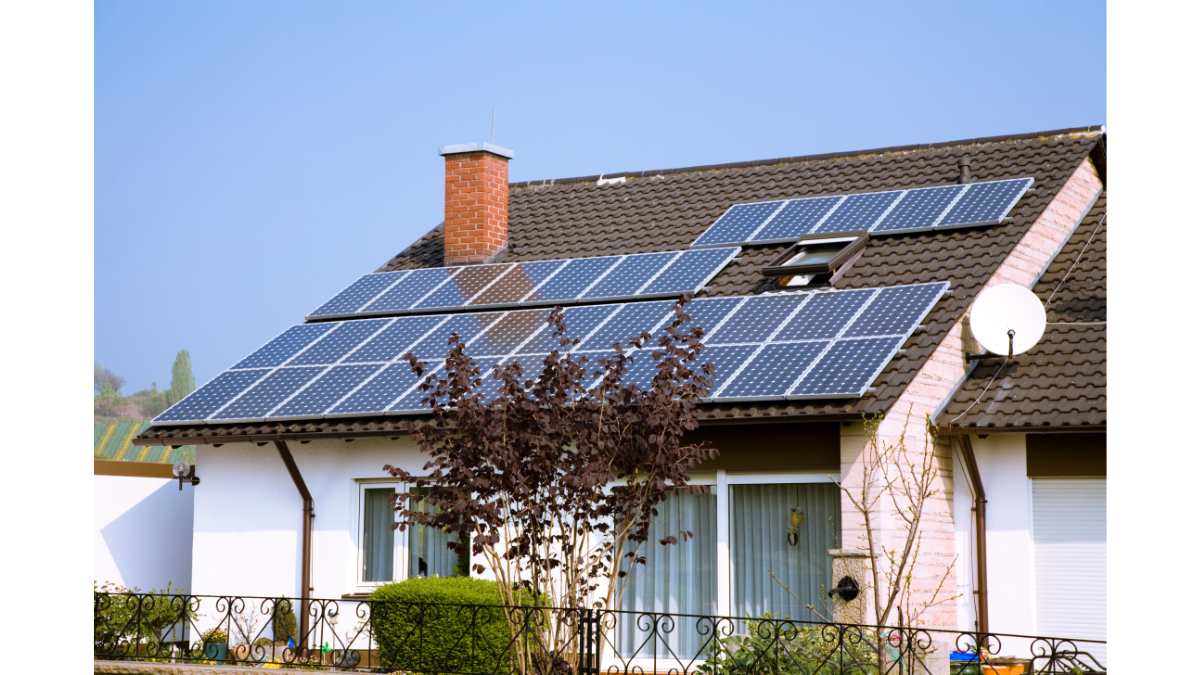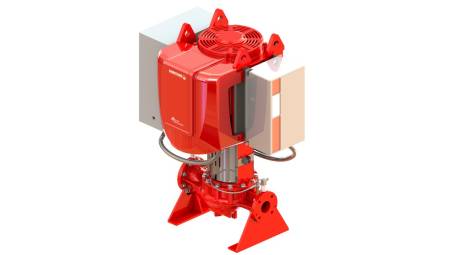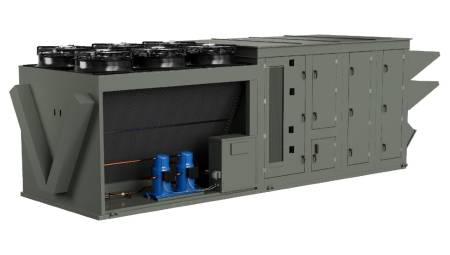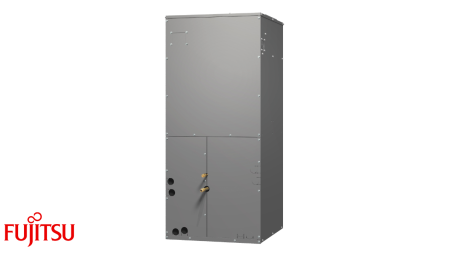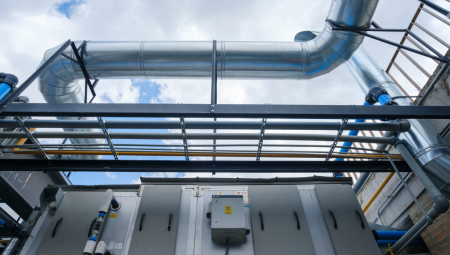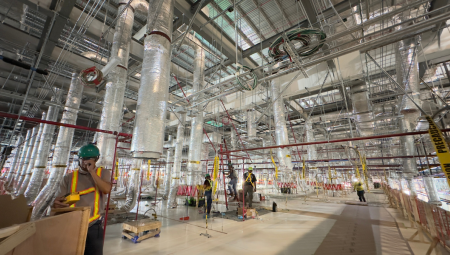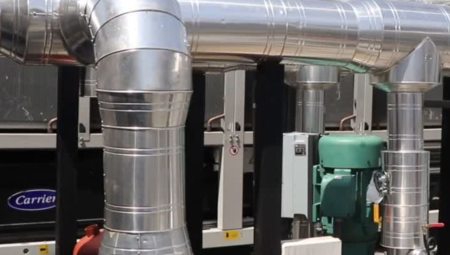Brazil. The Global Energy Association reported that the number of distributed generation systems in Brazil reached 1.8 million units in the first quarter of 2023; and that its total capacity is 19 GW, which exceeds the capacity of all gas-fired power plants operating in the country (14.5 GW).
Such data is provided by the U.S. Department of Energy's Energy Information Administration (EIA) with reference to Brazil's Electricity Regulatory Agency (Agência Nacional de Energia Elétrica, ANEEL).
These are autonomous power generators installed by consumers to meet their own needs, directing excess electricity to the public grid. The impetus for the development of distributed generation was the introduction of the so-called Net Metering system.
Since 2012, owners of self-employed generators have been able to deduct charges for electricity consumed from the public grid by the amount of electricity supplied to the grid. Initially, this rule applied to 1 MW biomass, solar, wind and hydroelectric (HPP) plants, but in 2015, the bar for small HPPs was raised to 3 MW, and for all other types of generators, to 5 MW. As a result, the capacity of distributed generation systems, which was close to zero ten years ago, grew to almost 10 GW by 2021 and 19 GW by 2023.
The most common type of standalone plants are solar panels with a 99% share of the total energy mix of distributed generation systems, wind turbines and micro HPP accounting for another 1%. State leaders in autonomous solar generator capacity are located in the south and east of the country, including Sao Paulo (2.62 GW), Minas Gerais (2.60 GW), Rio Grande do Sul (2.08 GW) and Paraná (1.87 GW).
According to the International Renewable Energy Agency (IRENA), solar panels are the most popular type of stand-alone generators in the world overall, accounting for 40% of global standalone renewable energy capacity, while small HPPs accounted for 14% and all other sources accounted for another 36%.
Innovations that simplify the use of wind generators in everyday life can change this relationship. For example, Aeromine Technoligies has designed a 5 kW wind turbine which, thanks to the absence of bulky blades, would be suitable for mounting on the roof of a private house.


